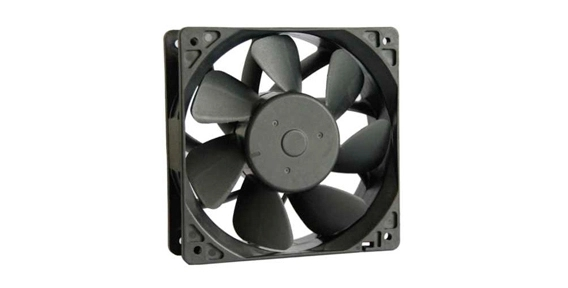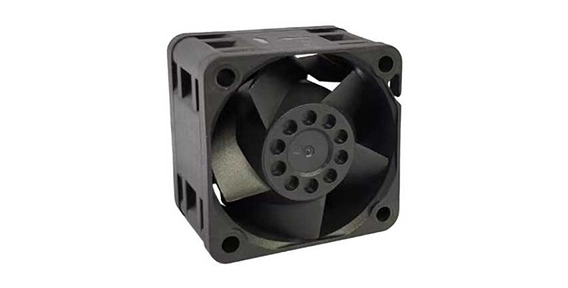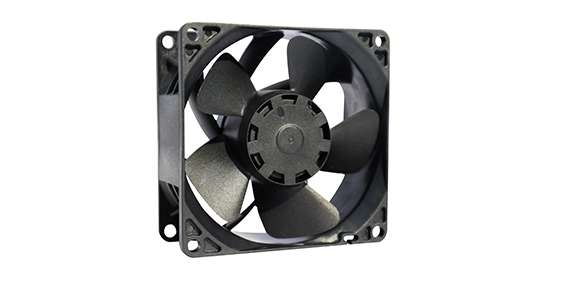When it comes to keeping our vehicles cool, a crucial component that often goes unnoticed is the automotive cooling fan. This vital element is responsible for maintaining the optimal temperature under the hood, preventing overheating and ensuring the engine's smooth operation. In the market, two types of car fans dominate - mechanical and electrical. Let's dive into a comparative study to understand their pros and cons.
Mechanical Car Fan: Reliability in Simplicity
Mechanical car fans have been around for a long time and are widely used due to their simplicity and reliability. These fans are driven by a belt connected to the engine's crankshaft, which makes them rotate. The mechanical fans have a simple design consisting of a metal fan blade attached to a hub, which is driven by the engine's rotation.
One of the primary advantages of mechanical application of axial fan is their ability to provide consistent cooling, even under harsh conditions. They can produce a significant amount of air circulation, preventing the engine from overheating. Additionally, mechanical fans require minimal maintenance and are easy to repair or replace if necessary.

Electrical Car Fan: Precision and Efficiency
On the other hand, electrical car fan has gained popularity in recent years due to their precision and efficiency. These fans operate independently and are powered by the vehicle's electrical system. They come with smart controllers that can adjust the fan's speed based on temperature sensors, ensuring precise cooling control.
Unlike mechanical fans, electrical fans can operate at optimal speeds based on the engine's cooling needs, resulting in improved fuel efficiency. They also consume less power compared to their mechanical counterparts, reducing the load on the vehicle's electrical system.

Cooling Capabilities Under the Hood with Car Fan
Both mechanical and electrical fans have their strengths when it comes to cooling capabilities. Mechanical fans excel in situations where consistent airflow is required, such as heavy-duty towing or off-road driving. They can provide a substantial amount of air circulation, effectively cooling the engine.
On the other hand, electrical fans shine in situations where precise temperature control is vital. Their ability to adjust the fan speed based on temperature sensors ensures that the engine is always operating at the optimal temperature, avoiding overheating or overcooling. This precision cooling can enhance the engine's performance and longevity.
Car Fan: Noise Levels and Maintenance
Noise levels and maintenance are essential factors to consider when choosing a car fan. Mechanical fans, due to their mechanical nature, can produce noticeable noise when running. This can be a concern for some individuals, especially those seeking a quiet driving experience. Additionally, mechanical fans may require occasional maintenance, such as lubrication, to ensure smooth operation.
In contrast, electrical fans are relatively quiet, especially at lower speeds. They offer a more serene driving experience, especially for those who value peace and quiet during their journey. Maintenance-wise, electrical fans are generally maintenance-free, requiring minimal attention compared to mechanical fans.
In the world of automotive cooling fans, both mechanical and electrical options have their strengths and weaknesses. Mechanical fans offer reliability and simplicity, while electrical fans excel in precision and efficiency. The choice between the two depends on individual preferences, driving conditions, and the desired level of control over the engine's temperature. Understanding the pros and cons of each type can help car owners make an informed decision and ensure optimal cooling under the hood.

 EN
EN 

 +
+
 +
+
 +
+



